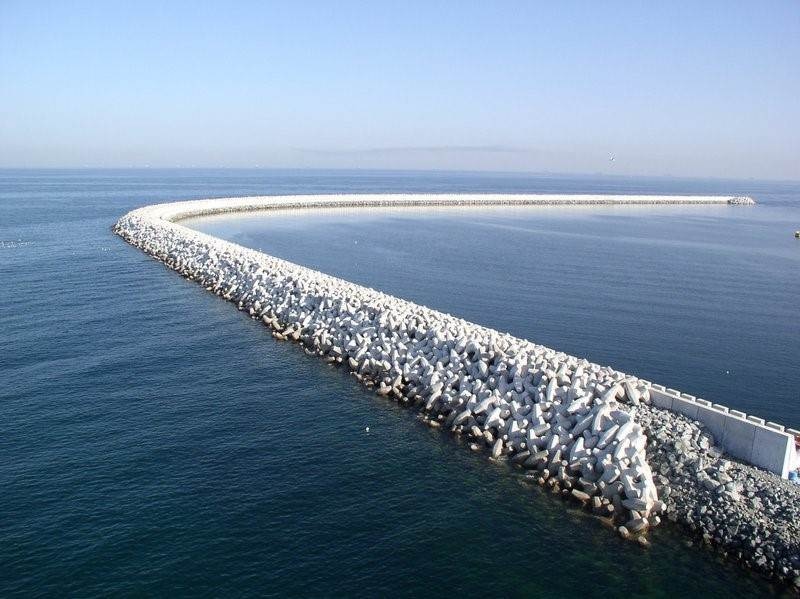Jan 23 2019
Ghent University, construction company BESIX, start-up ResourceFull, and engineering company Witteveen+Bos establish a new research project in the fast-growing field of 3D concrete printing.
 (Image credit: Ghent University)
(Image credit: Ghent University)
The focus of the study will be on creating sustainable concrete mixtures ideal for the printing of breakwater units. The joint expertise of the project collaborators will lead to more sustainable, new, and innovative solutions in hydraulic engineering.
Since the major construction cost of a breakwater unit is associated with the logistic resources required to shift the breakwater units from the yard to the construction site, it would be very beneficial if it is possible to print it in situ, probably even below the water level.
Furthermore, 3D printing would enable a custom-made model breakwater unit to be defined with more complicated and optimized shapes corresponding to sea currents and local wave patterns. Additionally, the layered surface, characteristic to the 3D print technique, would enable further energy dissipation.
However, it is really challenging to print such huge units since the existing high binder contents employed in printable mixtures would not only result in drying shrinkage cracks related to this automated production technique but also cause thermal cracking. To ensure the durability of the unit in a marine environment, the research collaborators intend to develop a printable mixture that fulfills all demands to print both the contour and the infill pattern of the breakwater unit or just the contour.
In addition, the environmental impact of the mixture will be considered. A sustainable filling material will be produced upon printing only the contour. By improving the interlayer, its sustainability in the marine environment will be further improved. After overcoming these issues, scale model breakwater units will be printed to examine their durability and hydraulic and mechanical performance.
This research project is being funded by the Strategic Initiative Materials (SIM) Flanders and Flanders Innovation & Entrepreneurship (VLAIO).